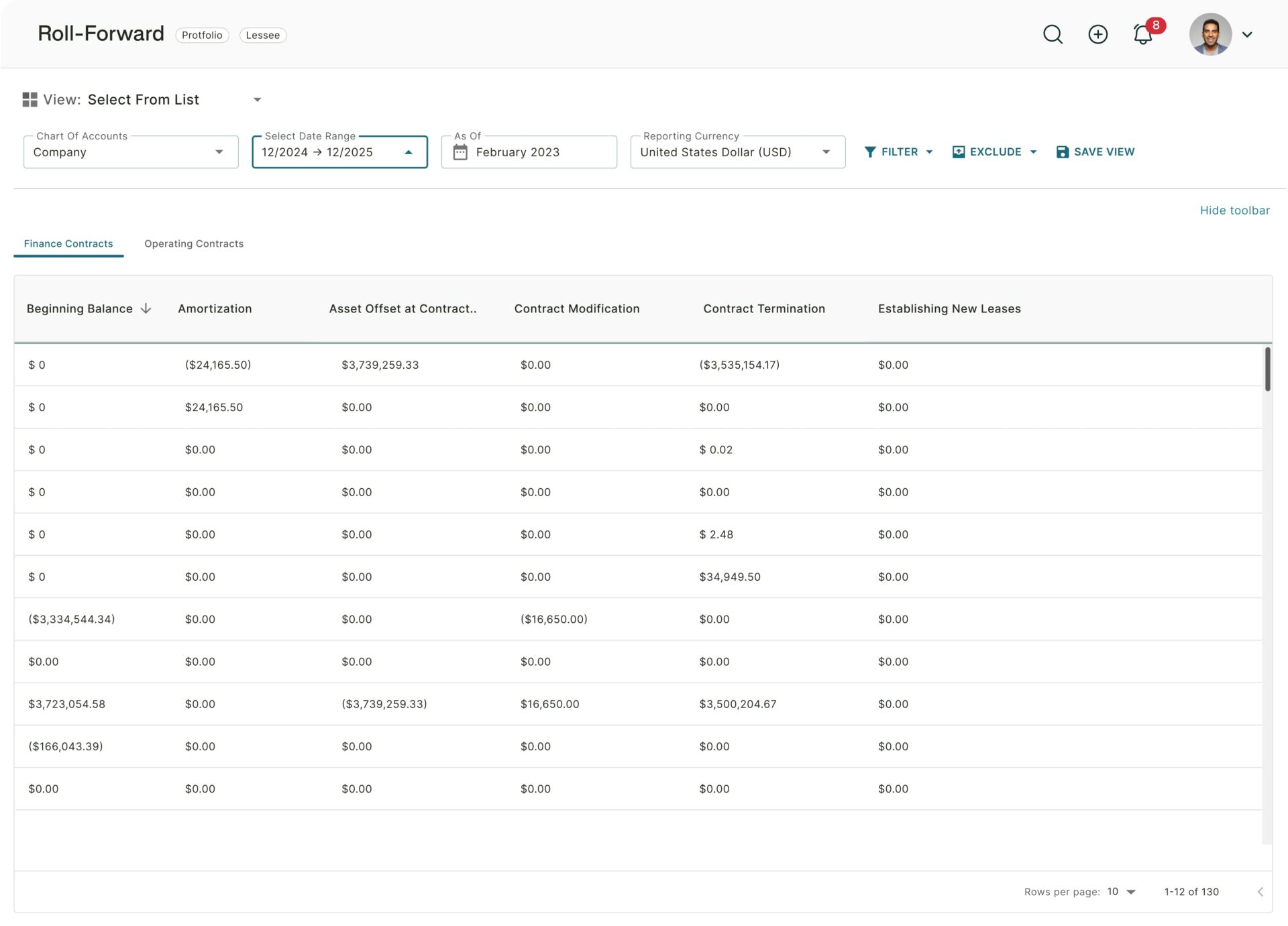Background: 2 years of IFRS 16
It’s been two years since IFRS 16 came into effect, and it’s a great opportunity to draw from the lessons learned since the Standard first came into effect.
While there was much uncertainty swirling around when IFRS 16 replaced IAS 17, over the course of the past two years, a lot has become clearer. What’s more, we can learn from others in terms of what to do and what not to do when it comes to IFRS 16 compliance.
In this article, we’ll look at the main lessons learned 2 years into IFRS 16 adoption.
IFRS 16: Main Lessons Learned
When IFRS 16 was first introduced – the purpose being to bring consistency to leases, and to avoid off-balance sheet issues and loopholes relating to leases – no one knew quite what to expect.
Different organizations pursued different strategies in terms of IFRS 16 compliance, with varying degrees of success. What’s clear is that lessons were learned, sometimes painfully. Our goal is to draw on these lessons, without making the mistakes of the past.
Taking a broad, holistic look at the challenges that have been faced and the lessons learned over this period, some of the key lessons are included below.
A small change can have a big impact
What some may think of a small change to lease agreement can have a massive impact from an accounting perspective. For example, a change to the period of the lease may trigger a lease modification per IFRS 16, which in turn requires various tests to ascertain whether this is now a new lease.
From here, new calculations have to be made, journal entries have to be updated, disclosures have to be modified – all in all resulting in what can potentially be a giant headache.
Leases are broader than we think
In the past, we may have been content to include within leases anything labelled a “lease.” The reality today is a lot more complex, as a contract can contain a lease element even if this is not specifically defined as a lease within the agreement.
Known as an embedded lease, this type of arrangement can trigger the requirements of IFRS 16, which means that those responsible for leases have to cast their net far and wide in order to ensure that no leases are left out.
It’s tough to do it alone
Following from this, while the accounting and finance teams have access to the numbers flowing through the organization – and therefore have a pretty good idea of what is going on from a contractual or lease perspective – it’s almost impossible to ensure that all leases, from all departments, are taken into account.
It’s one thing to calculate and account for the leases of the copiers in the head office – it’s another to be on top of machines used in production, IT equipment, marketing tools, and the list goes.
It’s therefore of critical importance to involve other departments in lease considerations, and draw on colleagues’ knowledge of the business to ensure all leases are correctly accounted for.
Automation is key
With the added complexity introduced by IFRS 16, manually dealing with leases has become difficult at best and impossible in many cases.
Using lease automation software ensures that an organization can deal with any number of leases, including changes to those leases, automatically. Errors are reduced and compliance is increased, not to mention the hundreds (if not thousands) of hours saved over trying to take care of leases manually.
There is relief available
Happily, the International Accounting Standards Board, or IASB, allows relief in certain situations, for example if the value of the underlying asset is small or more recently, when it comes to the fallout from the coronavirus pandemic.
This relief is important, as the requirements of IFRS 16 can be onerous, for companies large and small – this has basically been acknowledged by the IASB when announcing the coronavirus-related relief.
Just remember that this relief is not permanent, and accounting departments will need to look ahead and ensure that compliance is kept up to scratch in the medium and long term.
IFRS 16 adoption: looking ahead
So far, the lessons learned when it comes to implementing IFRS 16 are extremely valuable. True, initial implementation may have been painful, but keeping up with ongoing compliance has not proved to be too difficult, especially in cases where organizations are making use of IFRS 16 compliant lease automation software.
Solutions such as those offered by Trullion leverage AI to create an automated, seamless experience from source documents all the way through to disclosures. Scan documents and the system picks up the relevant information such as dates and amounts, classifies leases, and takes care of auditable journal entries, disclosures and more.
The ROI speaks for itself: save time and money immediately, and free up yourself and your team for high value and high impact activities, while decreasing errors and increasing compliance.
See it for yourself by booking a demo with our team of CPA experts.





